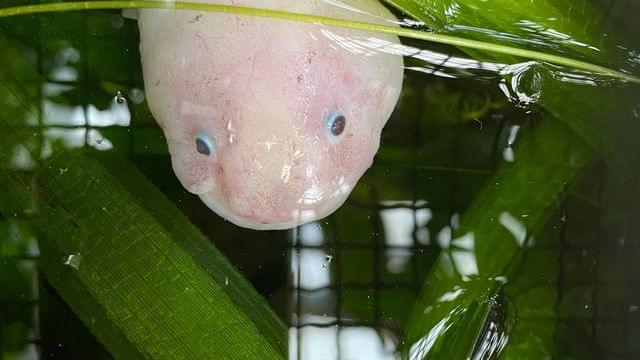In a new study published in Science, researchers have used single-nucleus sequencing (sNuc-Seq) to characterize the cell populations of the axolotl forebrain, an aquatic salamander that can regenerate brain tissue post-injury.
Axolotls – a translational model
The brain is a complex organ, comprising billions of cells and neuronal connections that form intricate networks. Understanding which cells are actively engaged in neurological processes – and which genes underpin this activity – can help us to decipher this complexity. It is only recently that advances in single-cell sequencing have made such research possible, providing insights on the molecular signatures of thousands of individual cells.
